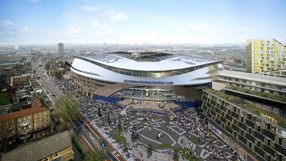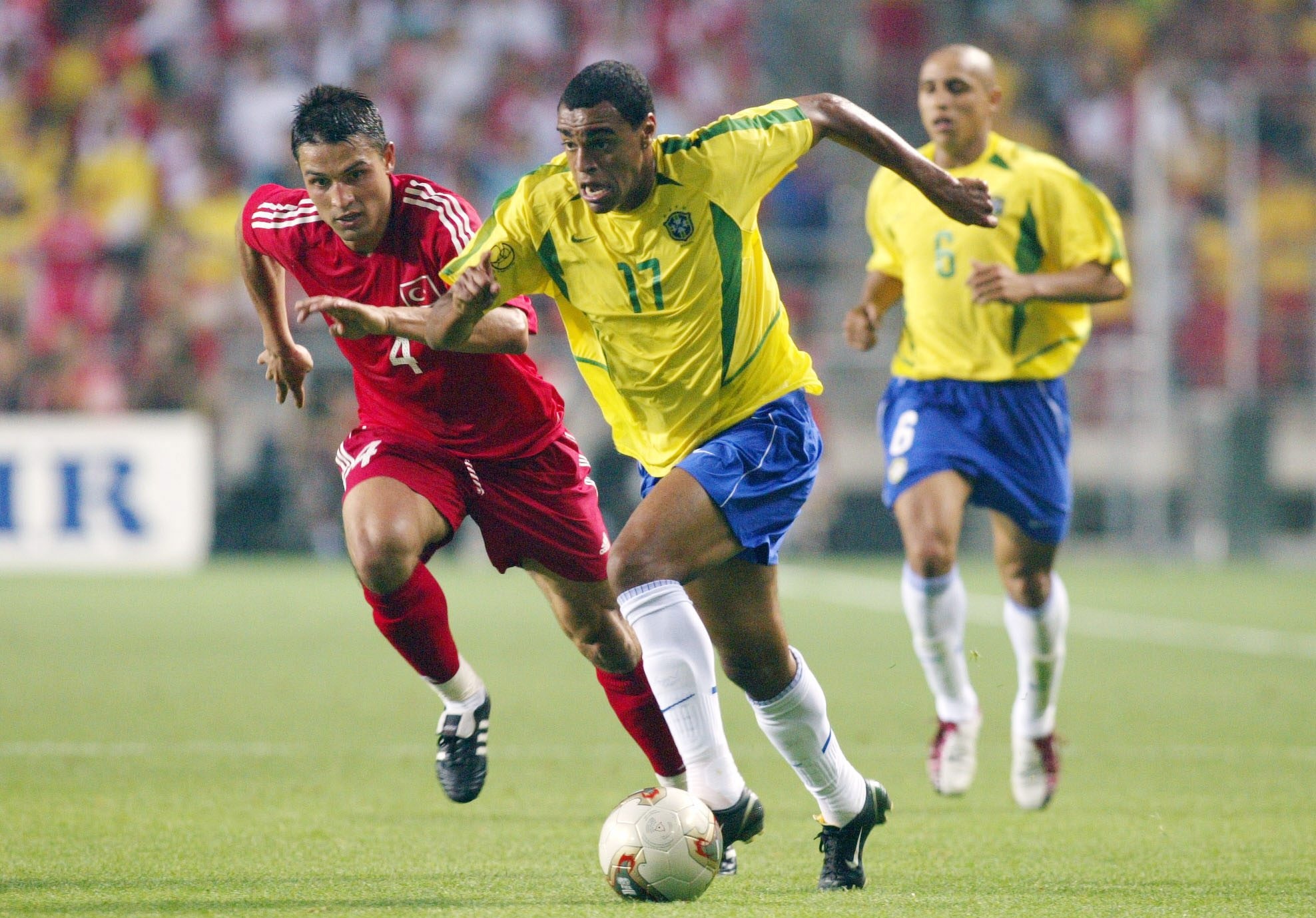
Spurs, whose bid to move to the Olympic Stadium in Stratford after the London Games was rejected, said in a joint statement with the local Haringey Council on Tuesday that they were committed to regenerating the area around their ground.
The project will be helped by 27 million pounds of local and central government funding.
Last summer's London riots began close to White Hart Lane before spreading across the country, but Spurs and Haringey Council see the building of a new state-of-the-art stadium as central to a major regeneration of the north Tottenham area.
"Spurs has reconfirmed its intention to stay in the area which has been at the heart of its history for more than 130 years and the club and council will work together to rejuvenate the area - seeking to deliver an iconic, new Premier League stadium development and a host of local improvements," the statement said.
Subject to government approval, Haringey Council will invest nine million pounds towards new and improved public spaces, heritage work and environmental improvements in north Tottenham.
In addition, the Mayor of London has committed 18 million pounds to the regeneration of the area with improvements to local transport, highways and infrastructure.
Spurs added that the project, which will include the new stadium, new homes, shops and leisure facilities, will represent an overall investment of hundreds of millions of pounds. Some funding would also come from the private sector.
The best features, fun and footballing quizzes, straight to your inbox every week.
Spurs' chairman, Daniel Levy, said: "As a major employer and business in the area we are delighted with this commitment from the Mayor and Haringey Council.
"We therefore see this as a commitment from the public sector to the Tottenham area and one which strengthens our ability to deliver a new stadium scheme with the potential to kick-start the long-term regeneration of north Tottenham."
Spurs, who are third in the Premier League and in the hunt for their first league title since 1961, have played at White Hart Lane since 1899. The ground has a capacity of about 36,000 while the new stadium has a projected capacity of 58,000.
